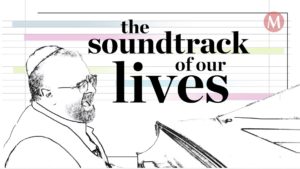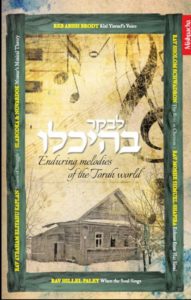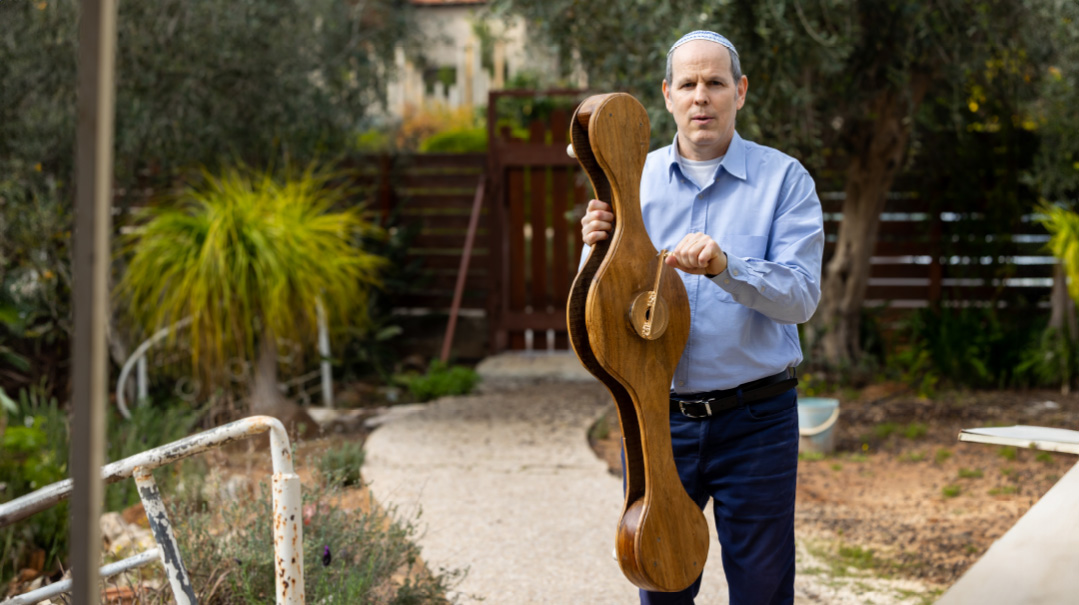Small Gems in Jerusalem
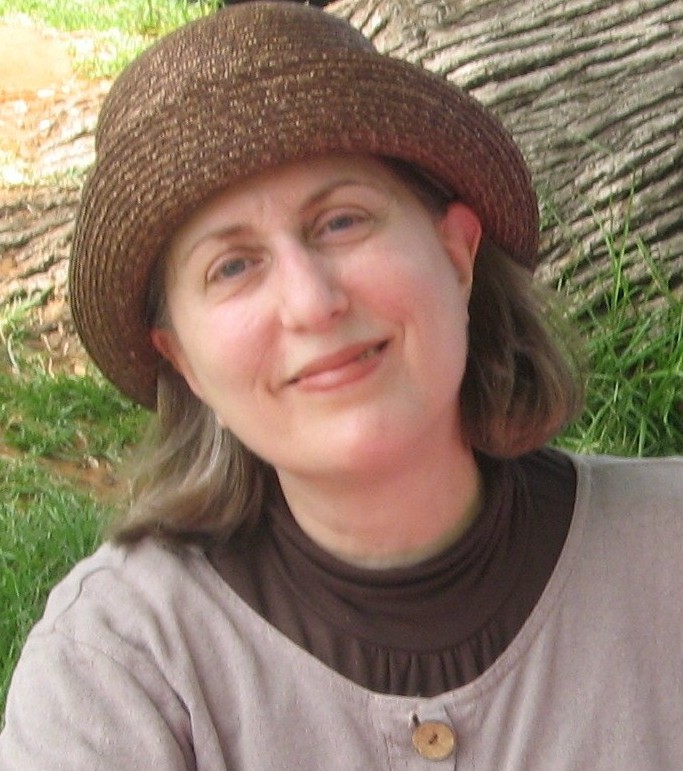
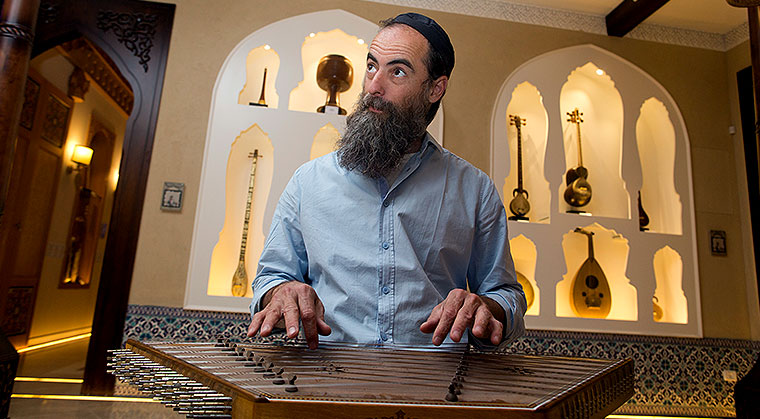
PAST MADE PRESENT From an ancient hand-carved filigree aron kodesh to a stringed Persian santur with the most exquisite sound in the many small museums tucked away among the winding streets of Jerusalem every artifact is a testimony to the living mesorah of bygone days (Photos: Lior Mizrachi)
I t’s afternoon in Jerusalem.
You check your calendar and realize you have two hours with nothing planned. You could spend them shopping or sipping an iced coffee and watching the world pass by. Or you could take a quick trip to Italy Morocco — or the Beis Hamikdash.
Sounds impossible? Then you haven’t visited these three small museums nestled within Jerusalem’s bustling downtown: the U. Nahon Museum of Italian Art the David Amar Worldwide North Africa Jewish Heritage Center in Jerusalem and the Hebrew Music Museum.
Each museum is a small but evocative glimpse into a piece of the mosaic that has formed Am Yisrael’s past. But that’s not all. Each of them also has an intriguing story about how it became part of the current Jerusalem landscape. So without further ado let’s begin the tour — and begin it with one of the oldest communities in the Diaspora Italian Jewry.
U. Nahon Museum of Italian Art
with many Jewish museums the museum is founded first artifacts are collected and then — if the museum has mazel — a historic synagogue from the “old country” is located and transported to its new home where it becomes the high point of the collection. But the U. Nahon Museum of Italian Art located at 25 Hillel Street isn’t your typical museum. It began as a synagogue for transplanted Italian Jews who left their home country during the turbulent 1940s and it’s still primarily a synagogue for the fiercely-proud kehillah. The fact that today the synagogue also has a museum with an outstanding collection of Jewish-Italian art is just la ciliegina sulla torta (that’s “the icing on the cake ” for us non-Italians).
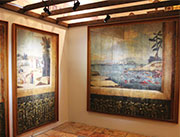
At the U. Nahon Museum of Italian Art art is displayed alongside an ancient Italian synagogue which still functions on holidays and special occasions. Portions of the synagogue’s gold-colored wooden ark date back to the early 1600s
But a tour of the museum doesn’t start with the synagogue. On this particular day we begin with the exhibit “The Jewish Court of Venice” which is on display in honor of the 500th anniversary of the Venetian Ghetto that stood from 1516 to 1797. Our first stop is a series of delicately painted wooden panels depicting scenes of Am Yisrael in the desert which were once part of an 18th-century succah. Here we are introduced to two motifs that will be repeated several times during the tour the strong communal nature of the Italian kehillah and their love of beautifying the mitzvos.
“Although the succah belonged to the Sullam family a well-known Venetian family it probably stood in a public square and was used by the community ” explains Michal Campagnano-Ayali our guide. “The buildings in the ghetto were tall and crowded together and so it wasn’t possible for each family to build their own succah.”
Weren’t the Sullams worried that kids with tomato-sauce-stained hands would finger paint over the expensive artwork? Apparently not; love and respect for art is imbued from an early age it seems because the panels are in remarkably good shape.
Michal adds that even though we don’t know who painted the boards we can assume they weren’t painted by a Jew. Jews weren’t allowed to be members of the artists’ guild although Jewish craftsmen were allowed to work in lace textiles and metal. We will see examples of all of these — exquisitely embroidered silk Torah mantles elaborately worked Torah finials and megillah cases — in the rooms that follow. But no exhibit about Venice can neglect to mention the hundreds of seforim that were printed there during the heyday of Venetian printing. For example the first complete set of the Talmud was printed in Venice in 1520 by non-Jewish printer Daniel Bomberg. A 1609 Haggadah shel Pesach which is on display at the museum not only had illustrations but also translations into three languages — Judeo-Italian Ladino and Yiddish — reflecting the diversity of Venice’s Jewish community at that time.
“The ghetto was filled with all kinds of Jews ” Michal comments. “And we have to differentiate between the Venetian Ghetto and the ones of the Nazis. The Venetian Ghetto was crowded but the Jews were able to practice Judaism freely which is one reason why many Anusim from Spain and Portugal came to Venice. They were able to return to Judaism there.” (Excerpted from Mishpacha Issue 663)
Oops! We could not locate your form.




